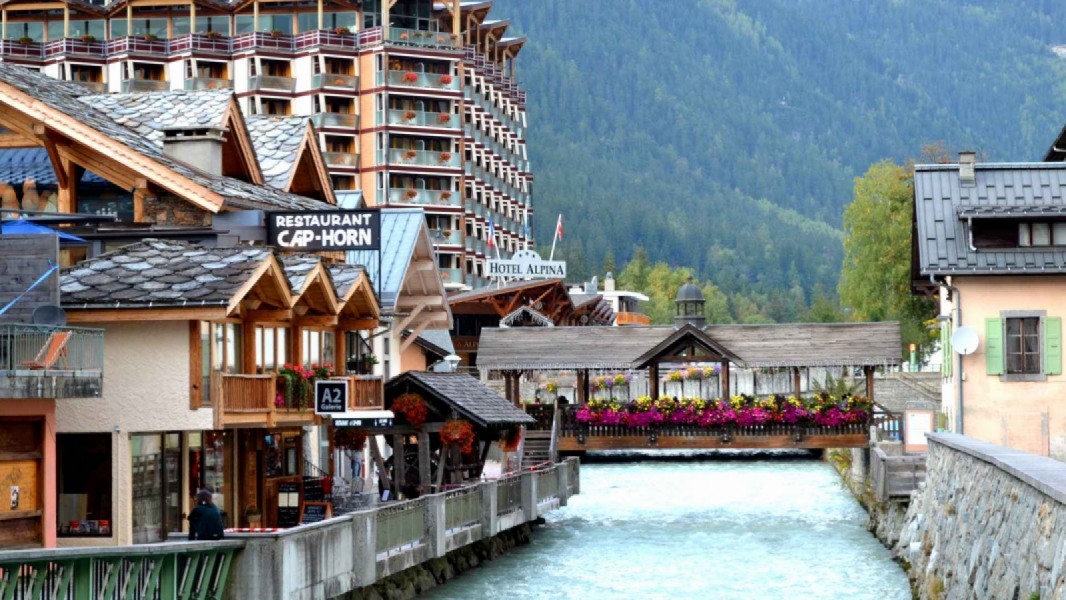The luxury status of Alpine ski resorts ensures that the property markets in these areas do not necessarily follow prevailing trends. This is due to the fact that stock is limited and, given the difficulties of building on mountain ridges, new developments can be costly ventures. Add to these factors the lifestyle that ski homes provide and it’s easy to see why they remain popular among wealthy buyers and global investors.
International property consultants Knight Frank have been tracking the annual performance of luxury ski homes in the French and Swiss Alps for the past six years, and have recently published their latest Alpine Property Index. The research reveals that the upmarket resort of Gstaad led the way in terms of performance during the 12 months to June, despite the strength of the Swiss Franc and tight restrictions on foreign ownership.
The 13% growth in prices in Gstaad has been driven by a severe shortage of housing stock in the resort. This saw prices for luxury property rise from an average of CHF 30,000 per sq m to CHF 34,000 per sq m, as buyers fought it out over the diminishing pool of quality assets. The favourable tax system in the Canton of Bern, along with the quality of its international schools, are other factors believed to be driving demand in Gstaad.
The performance of Gstaad has helped Swiss resorts close the gap with their French counterparts that were evident in the 2015 rankings and yet, here too, there have been some outstanding performances. Both Val d'Isère and the Three Valleys resorts saw significant price growth during the period under review, with prices rising between 5% and 6%. An important factor in this is the continued investment provided by the resort’s owner, Société des Trois Vallées.
Indeed investment emerges as a key factor in generating price growth in the ski property market, with Val d'Isère, Chamonix and Verbier coming out on top in terms of improvements made. Many ski resorts were established in the 19th century, and there is a clear correlation between those who have invested in modern infrastructure and property price growth.
Chamonix, which can lay claim to the title of the best serviced year-round resort, is set to benefit from a further €477 million investment over the next few years. This will attract greater numbers of visitors and, since 94% of buyers plan to rent out their ski property as holiday homes for part of the year, this level of investment could be a key factor in their choice of location.

Given this fact, France may have an edge over its neighbour as a result of its No VAT rule. Under the French tax regime both domestic and foreign buyers can reclaim the 20% VAT on the price of some properties by agreeing to place them on the rental market for a period of 20 years. While there are terms and conditions attached to this, given the number of buyers who plan to rent anyway, it appears to be a win-win situation for those who are eligible to take advantage of it.
Overall, the Alpine ski property index rose by 1.8% over the course of the 12 months to June, reversing the fall of 1% recorded in the 2015 index. Looking forward, Knight Frank expects to see only marginal price movements over the coming year, with new developments forecast to attract premium prices. However, in a note of caution, they point to rather static enquiries during July and August in comparison to the same period last year.









